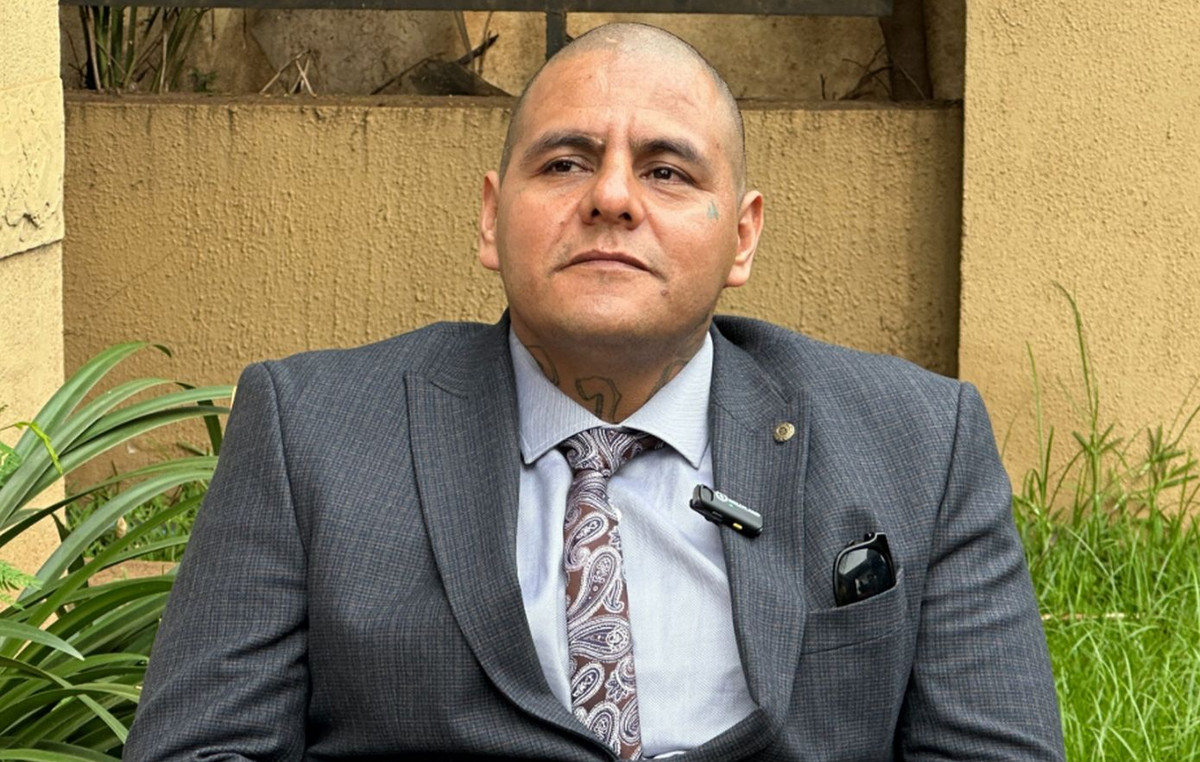With her mouth wide open, eternally locked in a scream, an ancient Egyptian woman captured the imagination of archaeologists who discovered her mummified remains in 1935 in a tomb near Luxor, Egypt.
Still fascinated by the “screaming woman,” who died some 3,500 years ago, a team of scientists recently used CT scans to reveal details about the mummy’s morphology, health conditions and preservation, and employed infrared imaging and other advanced techniques to “virtually dissect” the remains and understand what might have caused her striking facial expression.
Their findings, published Friday in Frontiers in Medicine Journalrevealed that the woman was 48 years old when she died, based on analysis of a joint in her pelvis that changes with age. Certain aspects of the process used to mummify her stood out.
His body was embalmed with incense and juniper resin, luxurious and expensive substances that would have been imported from somewhere far away, study author Sahar Saleem, a professor of radiology at Cairo University’s Kasr Al Ainy Hospital, said in a statement.
Saleem also found no incisions on the body, which was consistent with the assessment made during the original discovery that the brain, diaphragm, heart, lungs, liver, spleen, kidneys and intestines were still present.
The failure to remove the internal organs, the study noted, was unusual because the classic mummification method of that time included removing all such organs except the heart.
Researchers found that the unnamed woman was 5 feet 1 inch tall and suffered from mild arthritis in her spine, with CT scans revealing bone spurs on some of the vertebrae that make up her spine. Several teeth, likely lost before her death, were also missing from the woman’s jaw.
However, the study was unable to determine an exact cause of death.
“Here we show that she was embalmed with expensive, imported embalming material,” Saleem said in a press release.
“This, and the mummy’s well-preserved appearance, contradicts the traditional belief that failure to remove its internal organs implied poor mummification.”
Only a few ancient Egyptian mummies have been found with their mouths open, the study noted, with embalmers typically wrapping the jaw and skull to keep the deceased’s mouth closed.

What caused the woman’s chilling expression is unclear from the study’s findings, though the researchers have proposed a macabre hypothesis.
What mummification techniques reveal
Saleem said the well-preserved nature of the mummy, the rarity and cost of the embalming material, along with other burial techniques such as the use of a wig made from a palm leaf and rings placed on the body, appear to rule out a careless mummification process in which the embalmers neglected to close his mouth.
The mummy’s “screaming facial expression” could be interpreted like a cadaveric spasm a rare form of muscle rigidity associated with violent deaths, implying the woman died screaming in agony or pain, according to the study.
It is possible, the study authors suggested, that she was mummified within 18 to 36 hours of death, before her body relaxed or decomposed, thus preserving her open-mouthed position in death.
However, a mummy’s facial expression does not necessarily indicate how a person felt when they died, the study noted.
Several other factors, including the process of decomposition, the rate of desiccation, and the compressive strength of the bandages, could affect a mummy’s facial expression.

“Burial procedures or post-mortem alterations may have contributed to the phenomenon of mummies with screaming appearances,” the authors noted in the study.
“The cause or true story or circumstances of this woman’s death are unknown, therefore the cause of her screaming facial expression cannot be established with certainty,” Saleem said in an email.
Open-mouthed mummies
The “screaming woman” was buried beneath the tomb of Senmut, a temple architect for Egyptian Queen Hatshepsut (1479–1458 BCE) who held important positions during her reign. The woman is thought to have been related to Senmut, according to the study.
The discovery of his remains occurred during an expedition led by the Metropolitan Museum of Art in New York, and his coffin is on display there today. His mummified body is stored in the Egyptian Museum in Cairo.
Saleem said he had previously studied two other open-mouthed mummies from ancient Egypt.
“One,” a mummy believed to be the remains of a prince known as Pentawere, had his throat slit for his role in the assassination of his father, Ramesses III (1185-1153 BCE). His body was poorly embalmed, indicating a lack of care in the mummification process, Saleem said in the press release.
The second mummy was of a woman known as Princess Meritamun, who died of a heart attack, and Saleem’s analysis suggested that her open mouth was due to a post-mortem contraction or movement of her jaw.
Randall Thompson, a cardiologist and professor of medicine at the University of Missouri-Kansas City School of Medicine who has studied ancient mummies using CT scans to learn about the origins of cardiovascular disease, called the study useful and detailed. He said the authors’ preferred explanation for the mummy’s open mouth “made sense.”
“Their research helps us understand what substances were available in ancient times and how our ancestors used them,” said Thompson, who was not involved in the study.
“More broadly, we can learn a lot about health and disease from studying ancient mummies,” he added.
“For example, we learned that heart disease is not new, as many people used to believe. It is literally older than Moses.”
Virtual tour shows Great Pyramid and Sphinx of Ancient Egypt
Source: CNN Brasil
Charles Grill is a tech-savvy writer with over 3 years of experience in the field. He writes on a variety of technology-related topics and has a strong focus on the latest advancements in the industry. He is connected with several online news websites and is currently contributing to a technology-focused platform.







